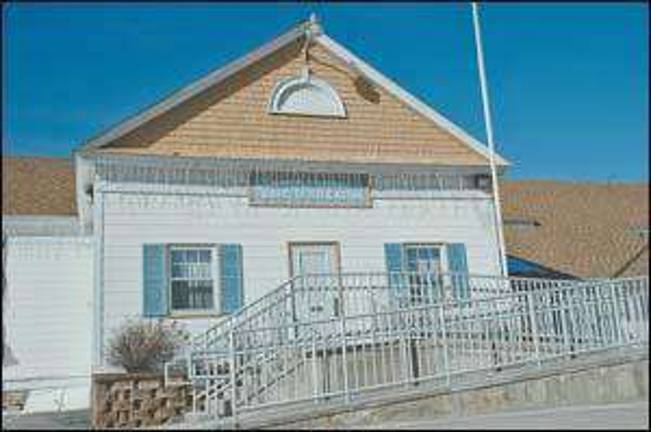Familiar site gets landmark status

Long history of service recognized by land use board Vernon Much to the delight of the historical society and the Vernon Township School District, one of the first acts of Vernon’s newly-formed land use board was to declare the district’s office, located on Route 515, a historical landmark, “We weren’t sure about doing it at first, but it was really very nice,” said Cynthia Auberger, vice president of the school board. “We were happy that even if someone buys the property, the building can’t be torn down.” The original section of the building dates back to 1904 and even though several additions have been made, the building still qualifies as a historic landmark under town standards. According to Jessi Paladini, Historical Society president, there are three categories of eligibility for historic status. The first is for the architectural value of the property. The second is for the building’s association with historic persons or events; and the third is for position in the history of the town itself. The school board building qualifies under the third category, as it is the oldest building to be in continuous public use in Vernon Township. Proud history The building started out as the Vernon School, opening for students in March of 1904, according to “The Vernon Stories by Jacobus Van Brug,” written by Ronald J. DuPont, Vernon Historical Society’s historian. The building featured a columned front portico and a large square cupola. In 1958, the building then became Vernon’s town hall and in the 1960s a southern wing was added and became the town’s library. By the 1970s, the municipal government no longer needed the building and it went back to the school district, becoming the school board office, but without the columned porch, which was enclosed to make more space, and the cupola, which was no longer needed for ventilation. According to Paladini, this award marks one of the first projects worked on cooperatively by the Historical Society and Township Historic Preservation Commission, crediting Charles Bates, head of the commission, in particular for working closely with the historical society. Paladini also credits Mayor Austin Carew, a member of the land use board, for pushing the nomination through.